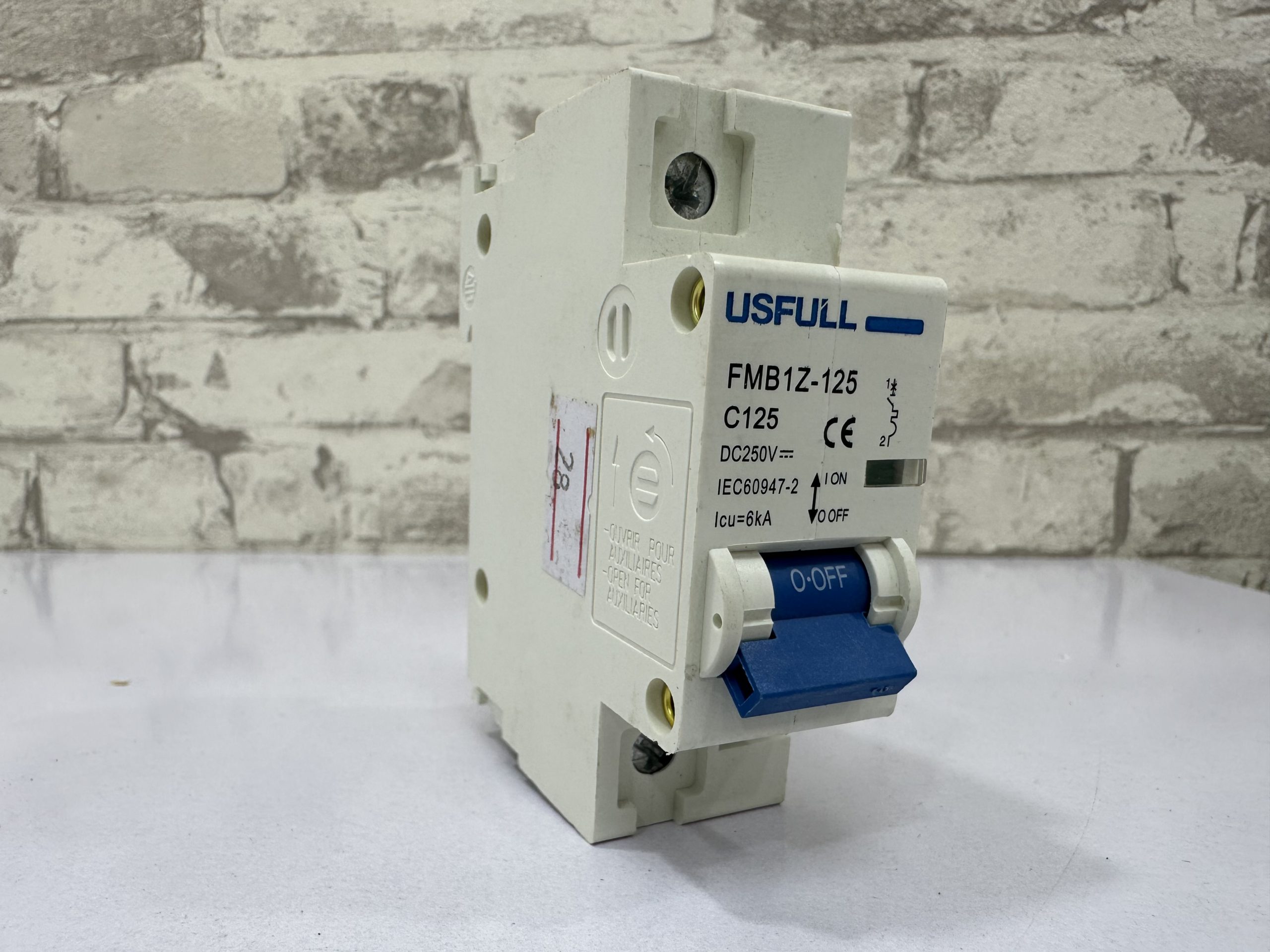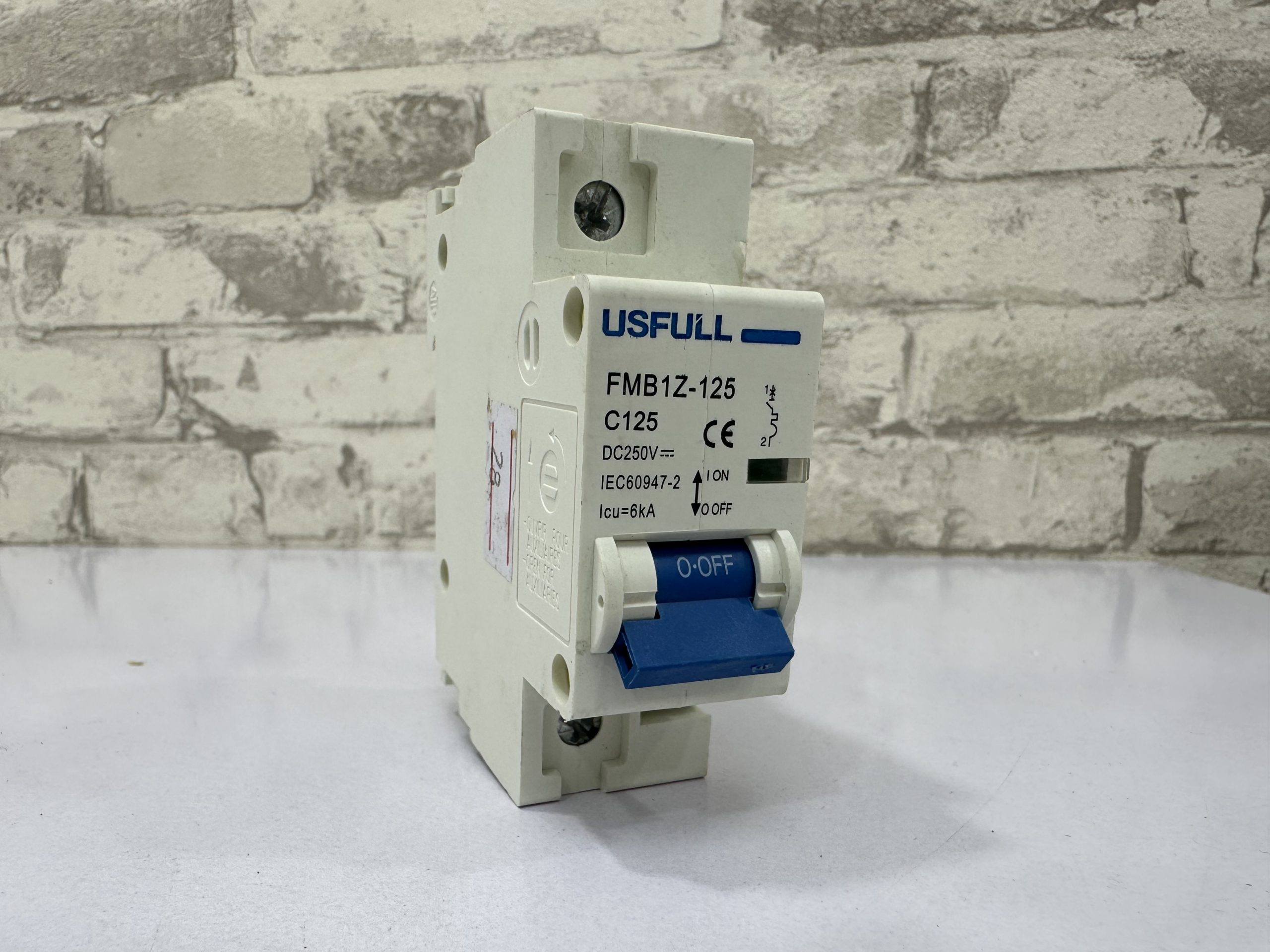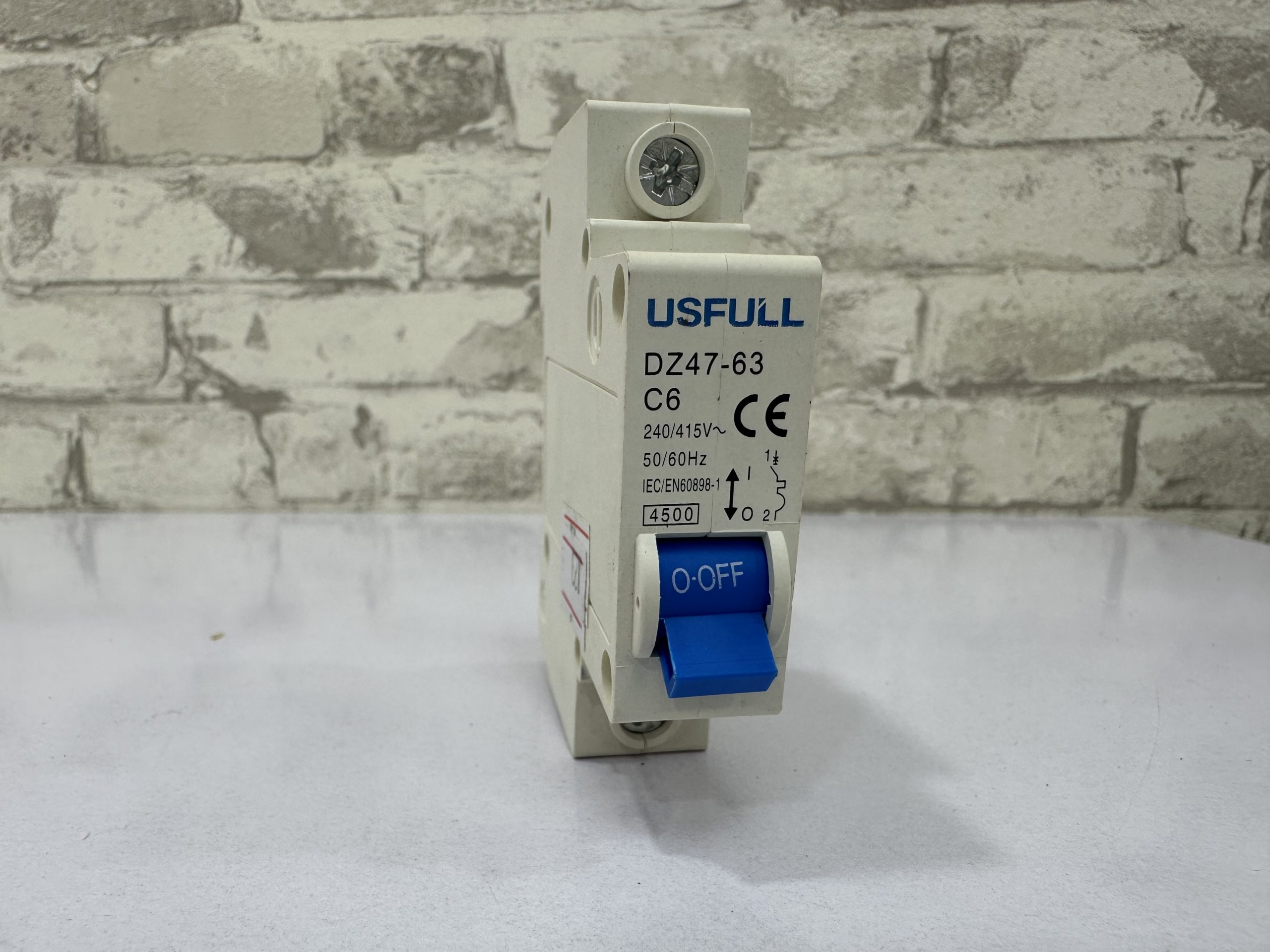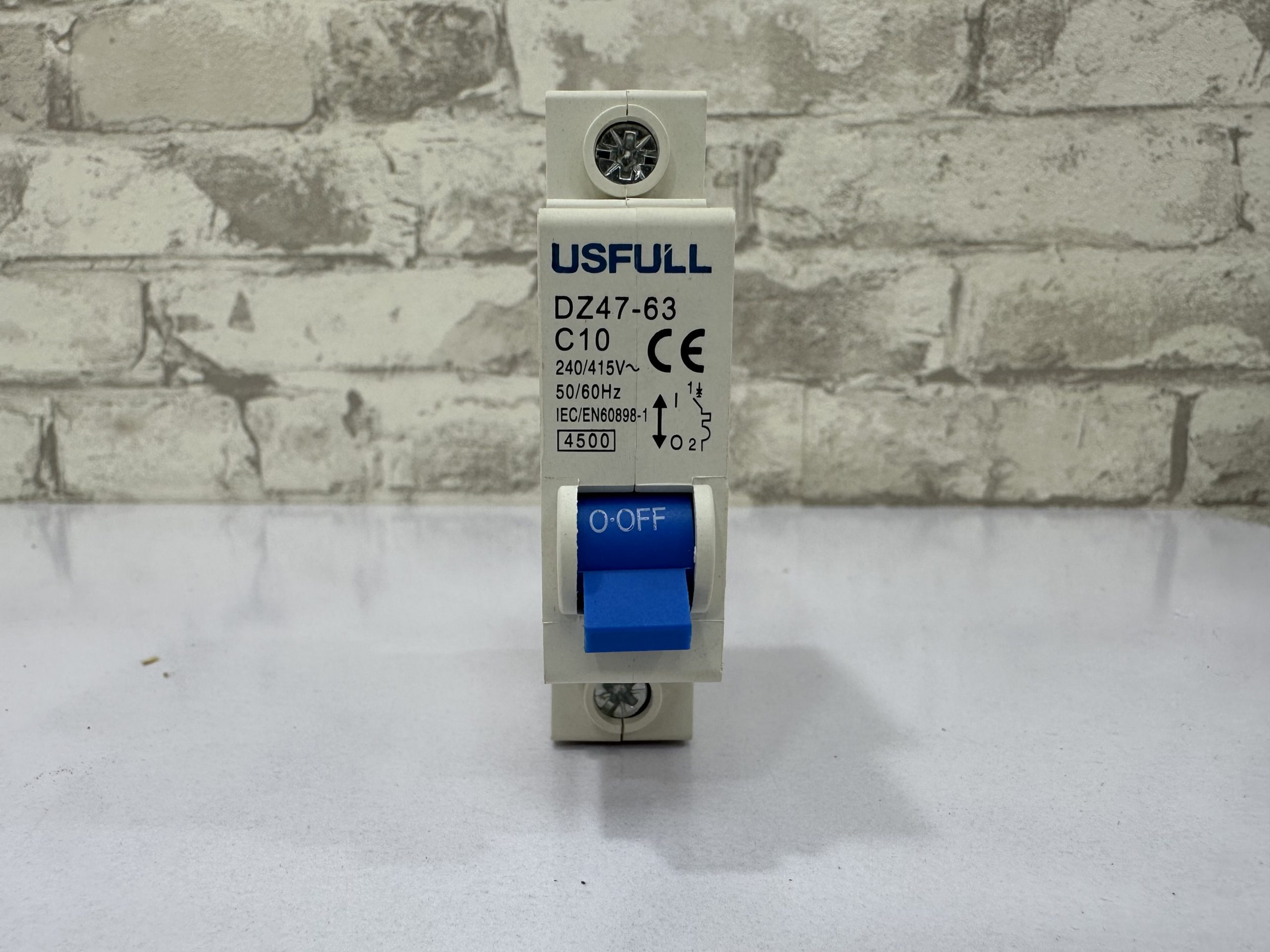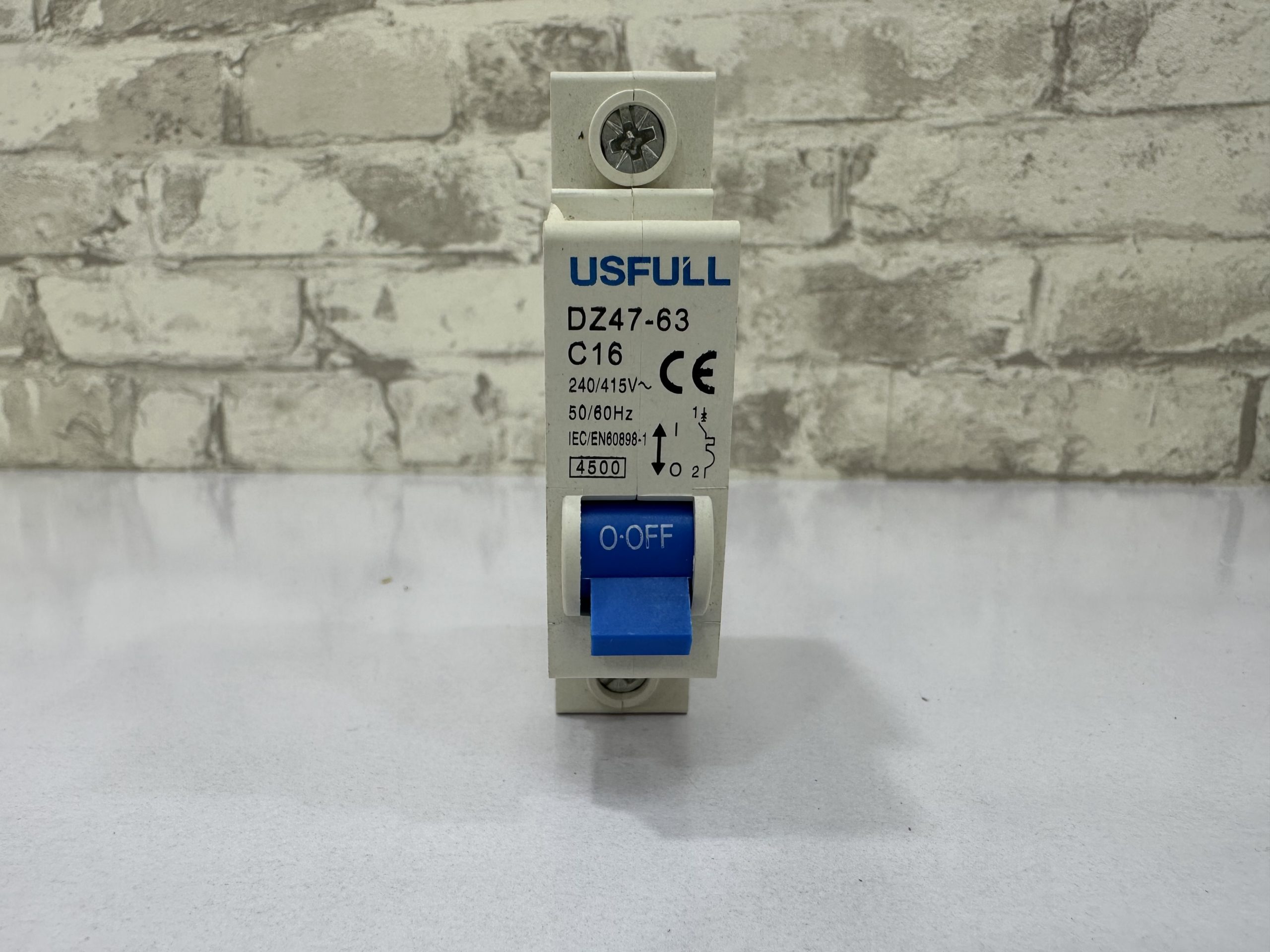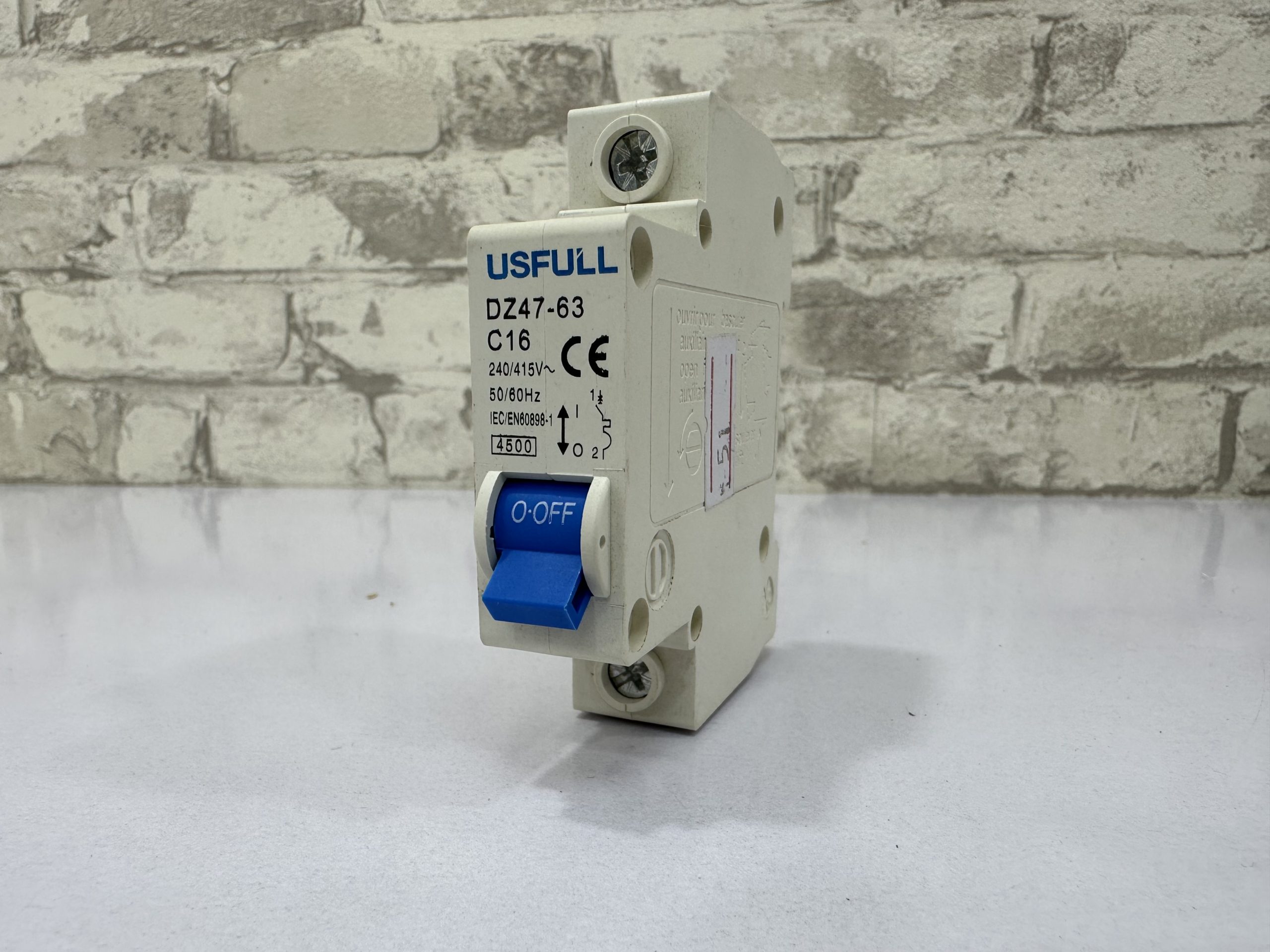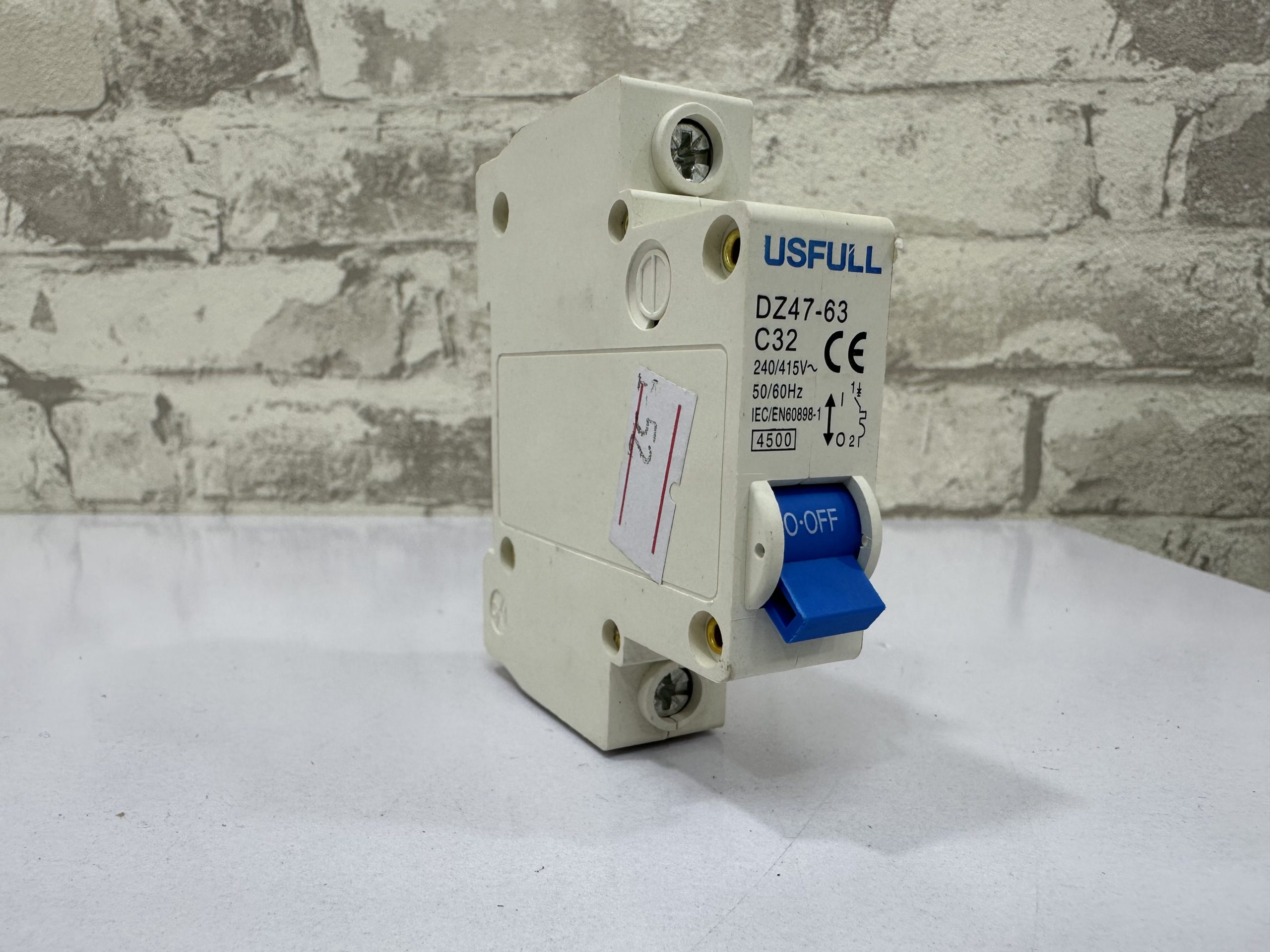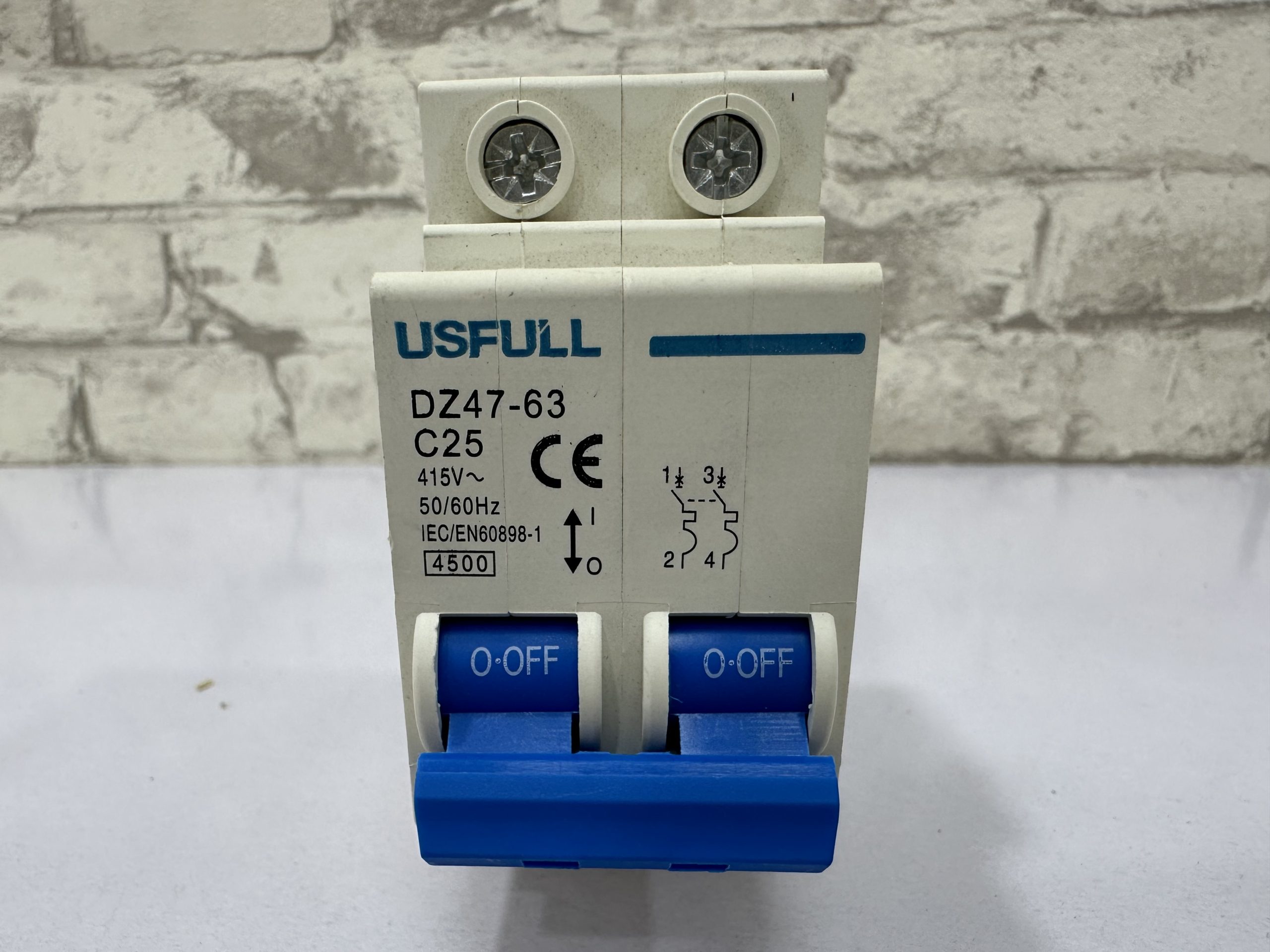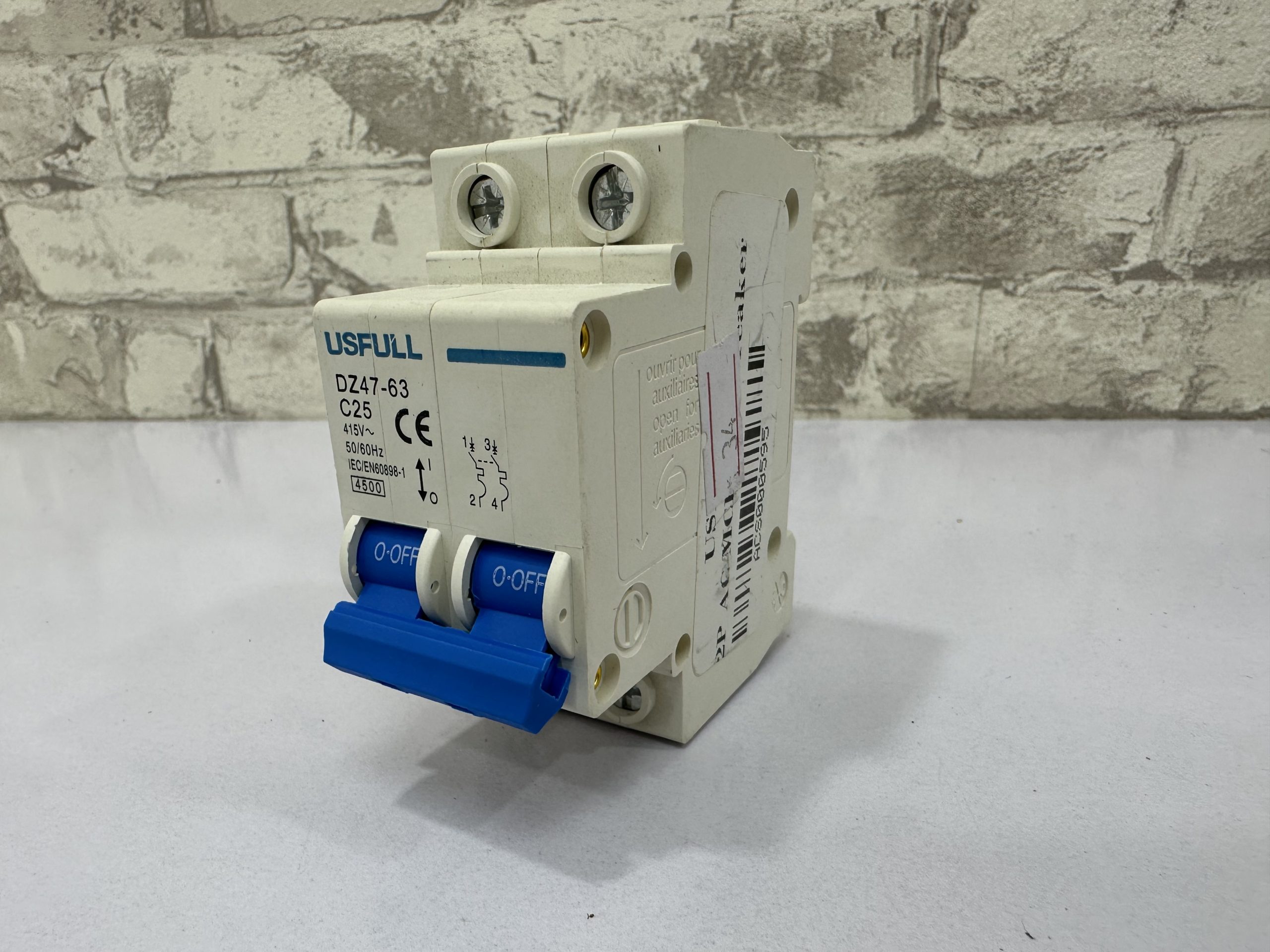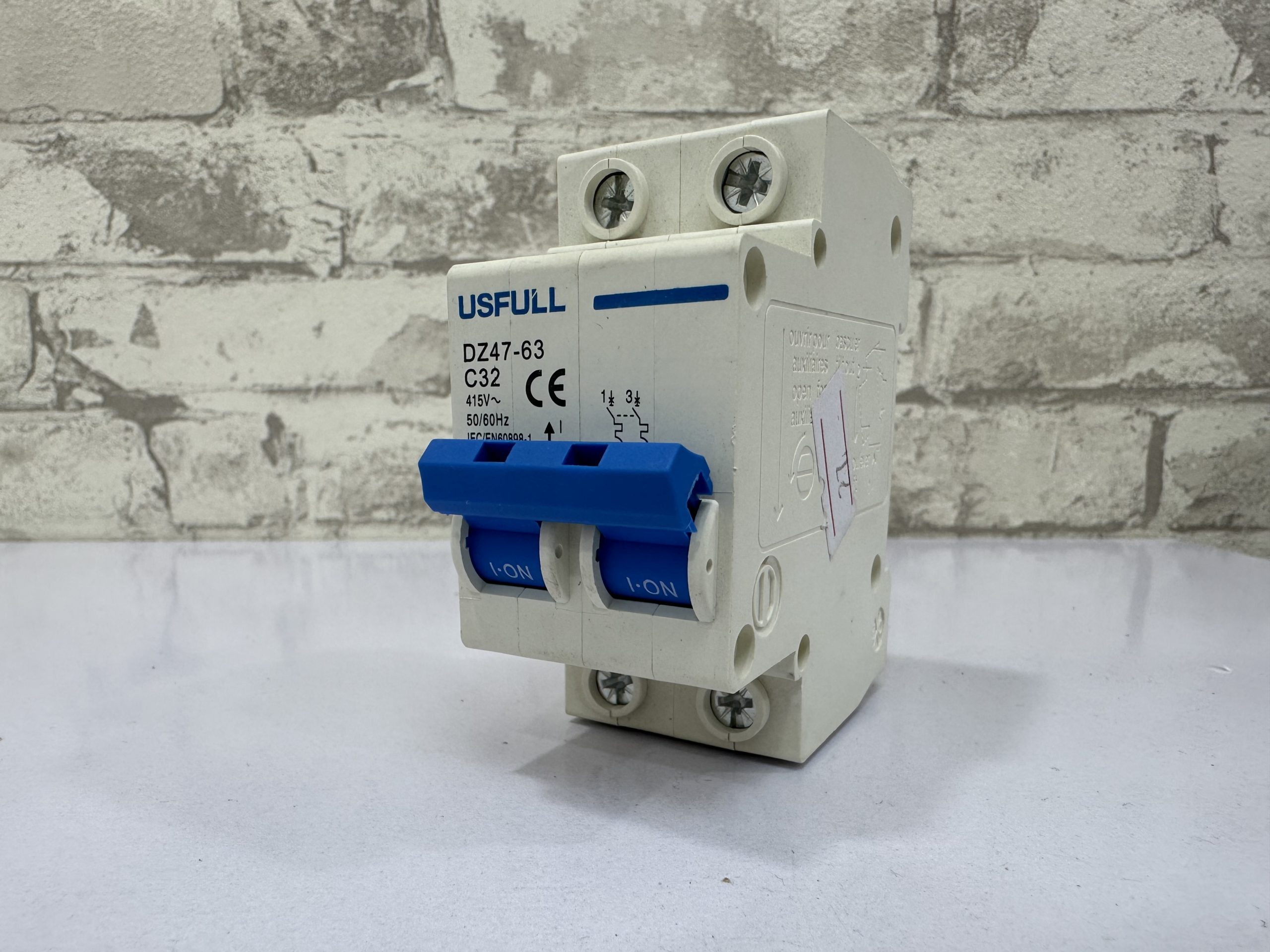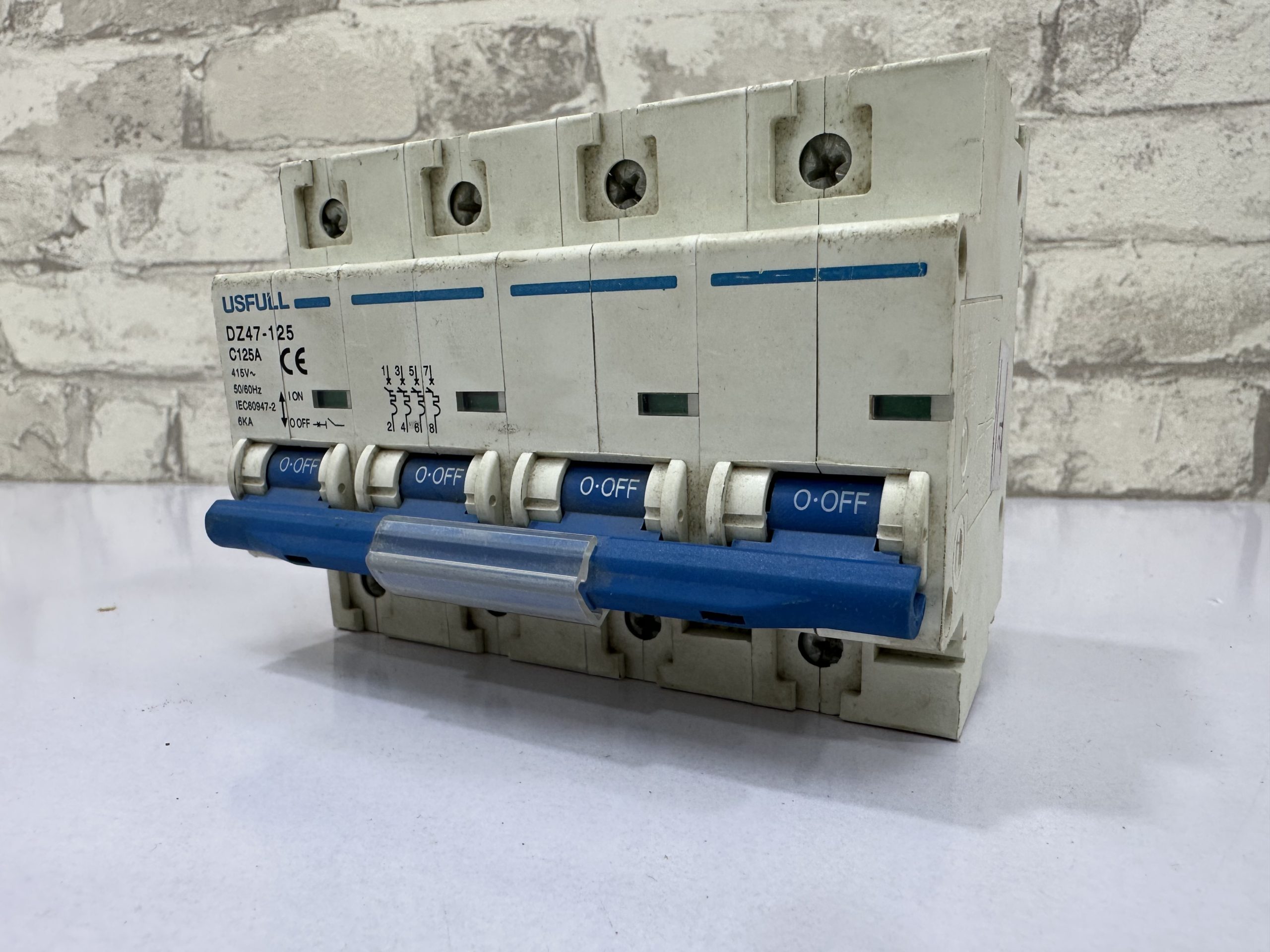1 Pole 125Amp AC Breaker
1 Pole 6Amp AC Breaker
1 Pole 10Amp AC Breaker
1 Pole 16Amp AC Breaker
1 Pole 32Amp AC Breaker
2 Pole 25Amp AC Breaker
2 Pole 32Amp AC Breaker
2 Pole 125Amp AC Breaker
4 Pole 63Amp AC Breaker
4 Pole 125Amp AC Breaker
More About AC Breakers:
AC breakers are also known as air circuit breakers. These are make to stop electrical circuit from getting damage when too much current flowing through it. In order to safeguard electrical equipment and prevent fires. These breakers are typically utilize in residential, commercial, and industrial settings. The current that flows through an electrical circuit when a fault occurs can become excessive, causing equipment damage or even starting a fire. An Air conditioner breaker distinguishes when the flow in a circuit surpasses a specific level. And rapidly intrudes on the progression of power to forestall harm.
Typically, AC breakers are rate according to how much current they can carry. And they come in a variety of sizes to fit different applications. They can be use as a branch circuit breaker or the main breaker in a panel to protect specific pieces of equipment or parts of an electrical system in a building.
Moreover, an electromechanical system is use by AC breakers to detect and stop excessive currents. The sensing mechanism of the breaker sets off an internal mechanism that moves a contact arm to break the electrical connection. And stop the flow of current when a fault occurs. In conclusion, AC breakers are crucial safety devices that prevent fires and protect electrical equipment by stopping the flow of current when it reaches unsafe levels.
Key features:
- Trip mechanism: AC breakers are equip with a trip mechanism. That automatically cuts off power to the circuit in the event of an overload or short circuit. This helps to protect the circuit and the connected equipment from damage.
- Current rating: AC breakers are rated base on the amount of current they can handle. This rating is typically expressed in amperes (A). Choosing the right current rating for a circuit is important to ensure that the breaker can handle the load without tripping unnecessarily.
- Voltage rating: AC breakers are also rate base on the voltage of the circuit they are design for. This rating is typically express in volts (V). Choosing the right voltage rating is important to ensure that the breaker can safely handle the voltage of the circuit.
- Type of trip mechanism: AC breakers can have different types of trip mechanisms, including thermal, magnetic, and thermal-magnetic. Each type of mechanism responds to different types of faults and has different trip characteristics.
- Trip curve: AC breakers have a trip curve that determines how quickly the breaker will trip in response to an overload or short circuit. The trip curve is design to protect the circuit and connect equipment while minimizing nuisance tripping.
- Mounting style: The breakers can be mount in a variety of ways, including plug-in, bolt-on, and DIN rail. The mounting style is important to ensure that the breaker can be install in the appropriate location and with the appropriate connection method.

